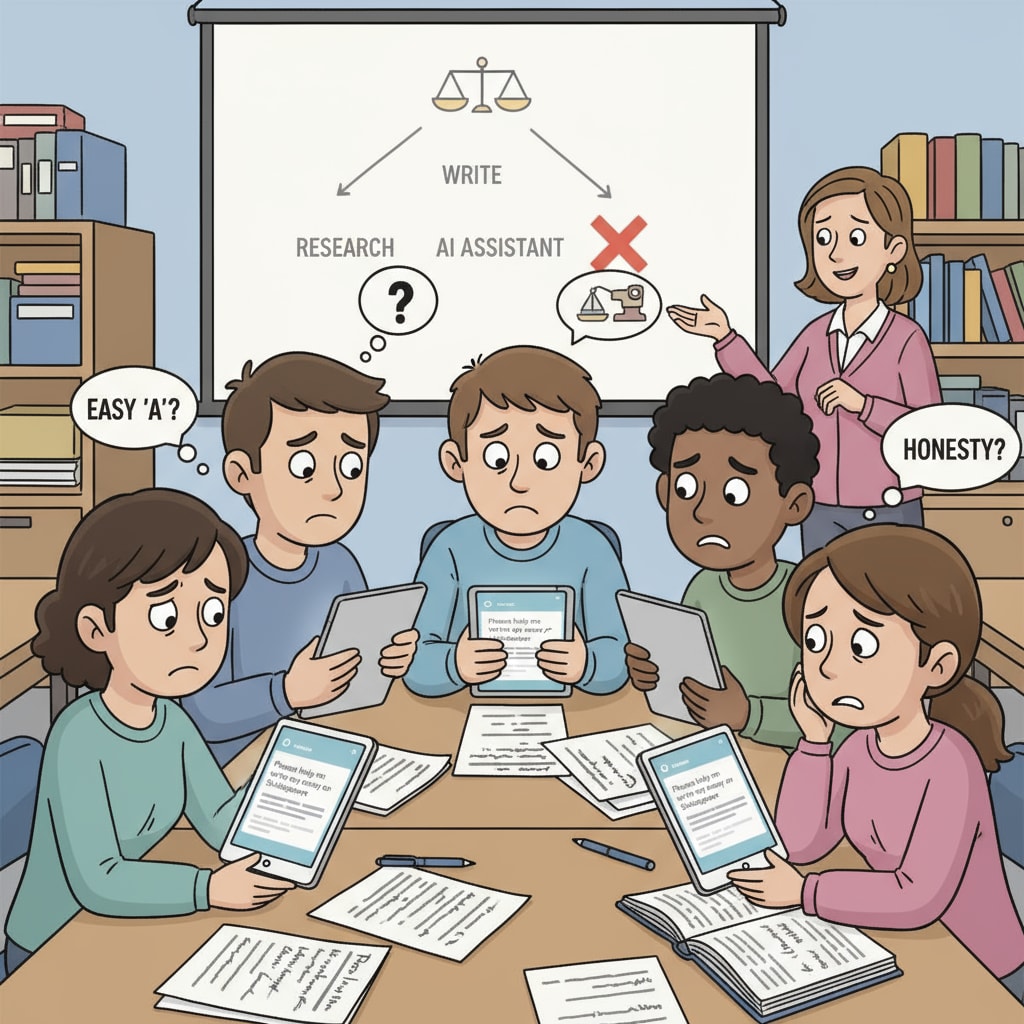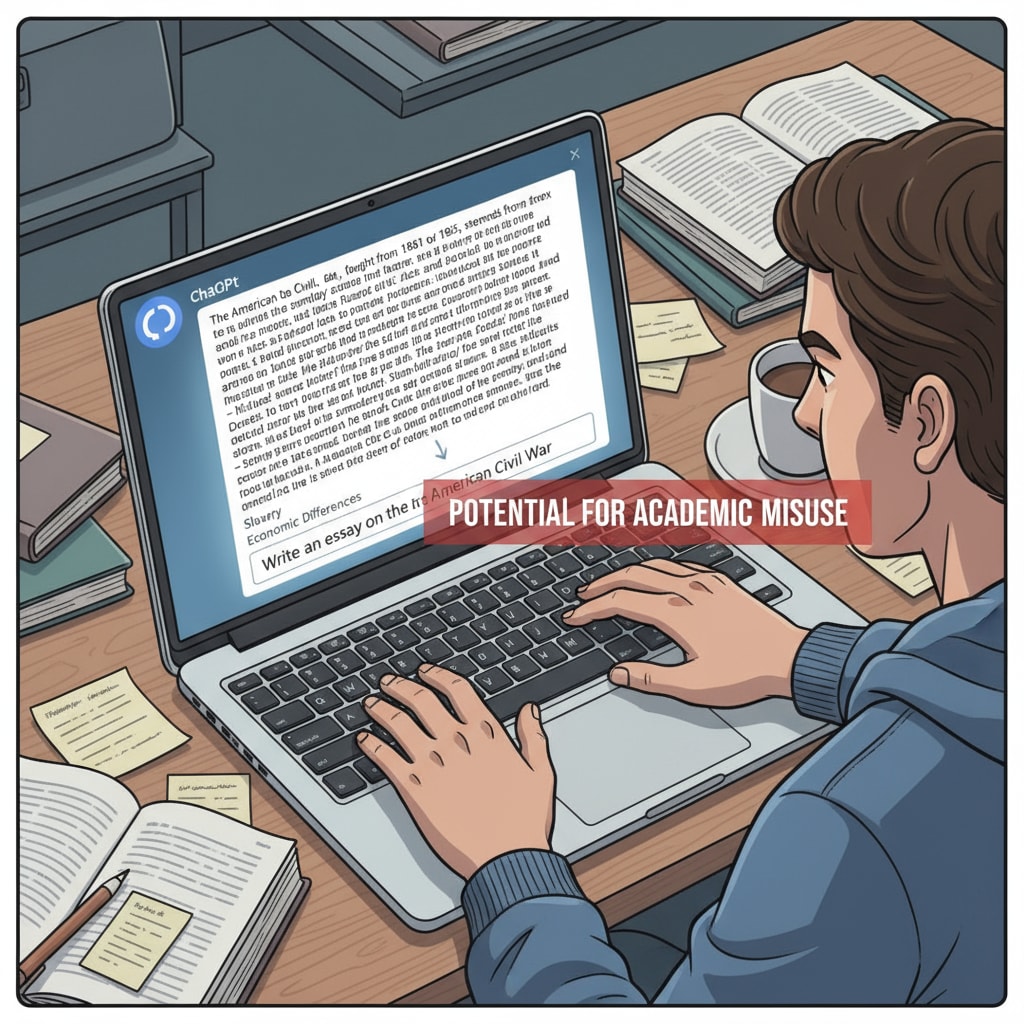The moral dilemmas of academic integrity, ChatGPT use, and related concerns are becoming increasingly prominent as AI technology seeps into the educational landscape. The integration of AI, especially tools like ChatGPT, into students’ academic tasks has sparked a wave of unprecedented moral thinking.

The Blurred Lines of AI-Assisted Learning
AI has opened up new possibilities for learning. For example, ChatGPT can provide instant answers, explanations, and even essay outlines. However, this convenience blurs the line between genuine learning and cheating. Students may be tempted to use these tools to complete assignments without truly understanding the material. This not only undermines their own learning but also challenges the traditional concept of academic integrity. According to Academic Integrity on Wikipedia, academic integrity has always been about honesty, trust, and responsibility in the academic realm. But with AI, these values are being put to the test.

Redefining Academic Integrity in the Digital Age
In the digital age, academic integrity needs to be redefined. It’s no longer just about avoiding plagiarism in the traditional sense. With ChatGPT, students can produce original-looking work that is actually generated by the AI. Educators now have to consider new forms of academic dishonesty. As a result, they are faced with the challenge of differentiating between work that shows real understanding and that which is AI-generated. Britannica’s entry on Academic Integrity can offer some historical context to this changing concept. We need to find new ways to uphold academic integrity in this new technological environment.
To address these issues, schools, teachers, and students must work together. Schools can implement clear policies regarding the use of AI in academic tasks. Teachers can design assignments that require critical thinking and hands-on work, making it harder for students to rely solely on AI. Students, on their part, need to understand the importance of genuine learning and the long-term consequences of compromising academic integrity. By working together, we can build a healthy AI learning ecosystem that respects the values of education.
Readability guidance: The key points are presented in short paragraphs and lists. Each H2 section has a clear focus. The proportion of passive voice and long sentences is controlled, and transition words are used throughout the text to enhance readability.


